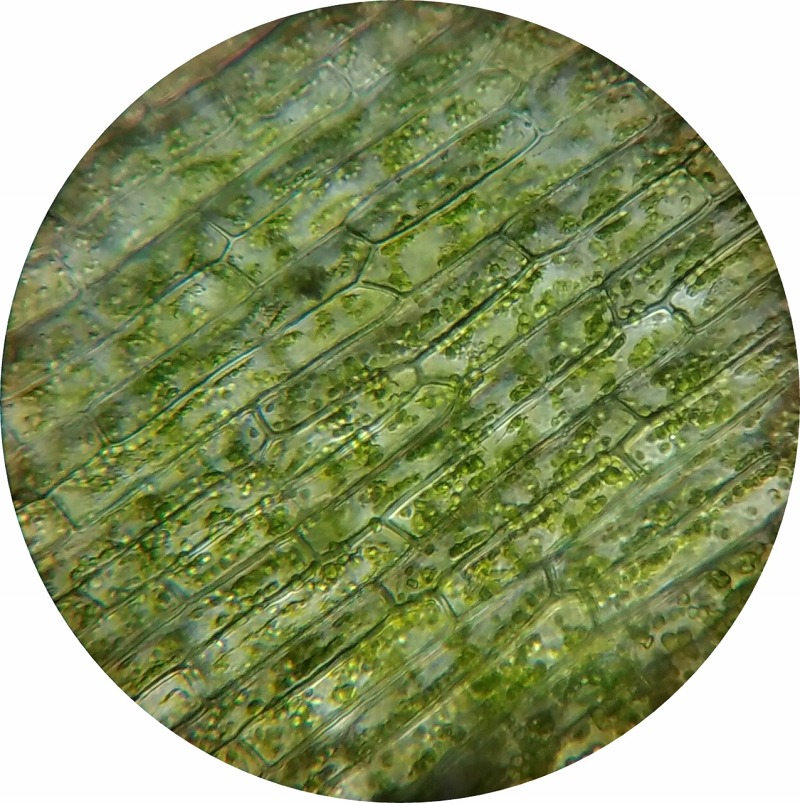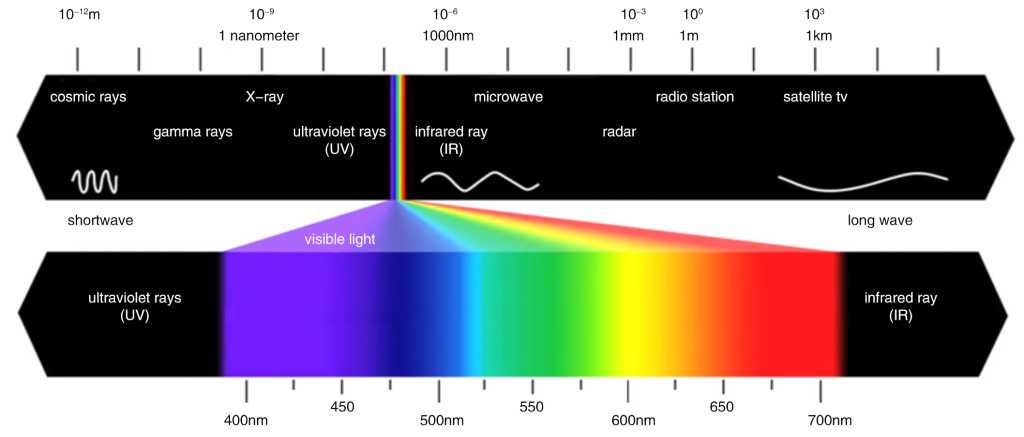An optical microscope is an optical instrument composed of a lens or a combination of several lenses, and it is a sign that human beings have entered the atomic age. It is mainly used to magnify tiny objects into instruments that can be seen by human eyes.
While optical microscopy is a very useful technique for examining the appearance of samples in more detail, there are limitations that limit its use in practice.

For applications in biology, the resolving power of an optical microscope is far inferior to that of an electron microscope, because the resolution of an optical microscope is limited by the diffraction limit, so its resolution cannot be less than half the wavelength of the incident light.
That is to say, if incident light of 400nm is used, the observed object cannot be smaller than 200nm.
However, because it can perform real-time and dynamic observation, its status in biology is unparalleled. It is impossible to leave optical microscopes such as fluorescence microscopes and confocal in the field of biology.
Since the electron microscope uses electron beams to scan an image, its resolution can easily reach the nanometer level, which is irreplaceable for the application of high-resolution imaging.
The main limitations of light microscopy, including resolution, magnification, and surface view, are described and discussed below.
The Resolution Limit of Optical Microscopy
According to the laws of geometric optics, as long as the focal length of the lens is properly selected, an optical system with extremely high magnification can be created, and any tiny object can be magnified to a clearly visible level. But actually can’t.
Light has wave-particle duality. According to wave optics, the magnification of an optical microscope is limited by the wavelength of visible light. Even with ultra-high magnification, what you see under the microscope is nothing more than a blurred image, which is meaningless.
Optical microscopy is limited by the diffraction effect of light, and there is a resolution limit (also called Abbe limit), whose value is about half of the wavelength of visible light. The wavelength range of visible light is shown in the figure below. The shortest wavelength is blue-violet light, which is about 400nm. Therefore, the minimum resolution limit of an optical microscope is 200nm.

When using transmitted-light light microscopy at very high magnifications, images of point objects may be distorted. They can be seen as fuzzy disks surrounded by diffraction rings, called Airy disks.
These diffraction rings limit the ability of an optical microscope to resolve sample details. The resolution of an optical microscope is a measure of the microscope’s ability to distinguish the details of two adjacent structures without interference from the Airy disc.
The magnitude of diffraction and thus the resolution of an optical microscope depends on the wavelength of light (λ) and the numerical aperture (NA) of the objective lens. As a result, optical microscopy has a distinct limitation in clearly viewing nearby structural details, known as the diffraction limit of the microscope.
A variety of techniques can also be employed to exceed the resolution limit of transmitted light. For example, an experimental study showed that holography can achieve higher resolution. Other methods of increasing the resolution of light microscopy include:
- Spatial Modulated Illumination (SMI)
- Spectral Precision Distance Microscopy (SPDM)
- Stimulated transfer emission loss (STED)
- 3D Super Resolution Microscopy
Additionally, other techniques can be used to achieve higher resolution by using fluorescent samples. For example, near-field scanning optical microscopy with evanescent waves and stimulated emission loss may prove useful.
low magnification
The maximum magnification achievable with an optical microscope is typically 500x to 1500x. While this magnification is versatile and useful for many practical applications, it is far below what is achievable with an electron microscope. In contrast, electron microscopes may be able to provide magnifications greater than 160,000 times.
Therefore, the low magnification of light microscopy is a limiting factor for some applications, whereas electron microscopy may be more suitable for the purpose at hand.
Poor surface visibility
Similar to the magnification limitations of light microscopy, the surface view of a sample using light microscopy is sufficient for many purposes, but it is significantly less clear than electron microscopy, and this alternative may be preferred in some cases.
But this does not limit its use in many applications, namely when high resolution with a clear surface view is not required. In some cases, however, an electron or other type of microscope may be more suitable for the purpose of achieving and maintaining a high-quality surface view at a higher resolution.
